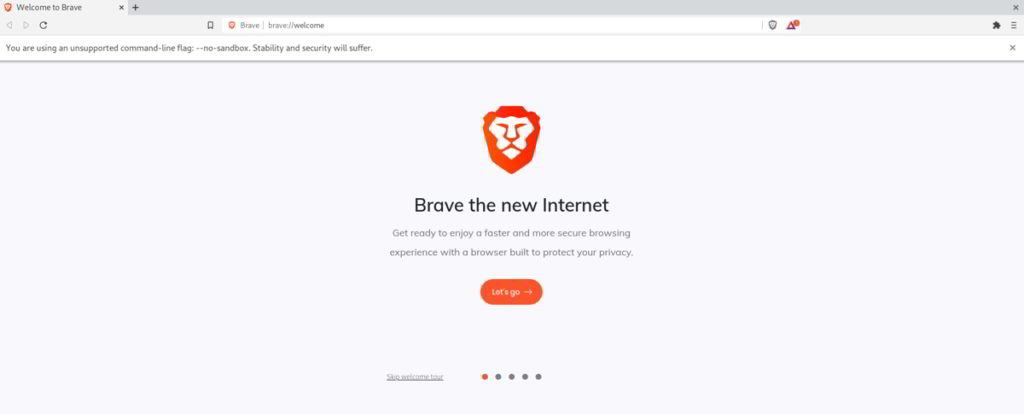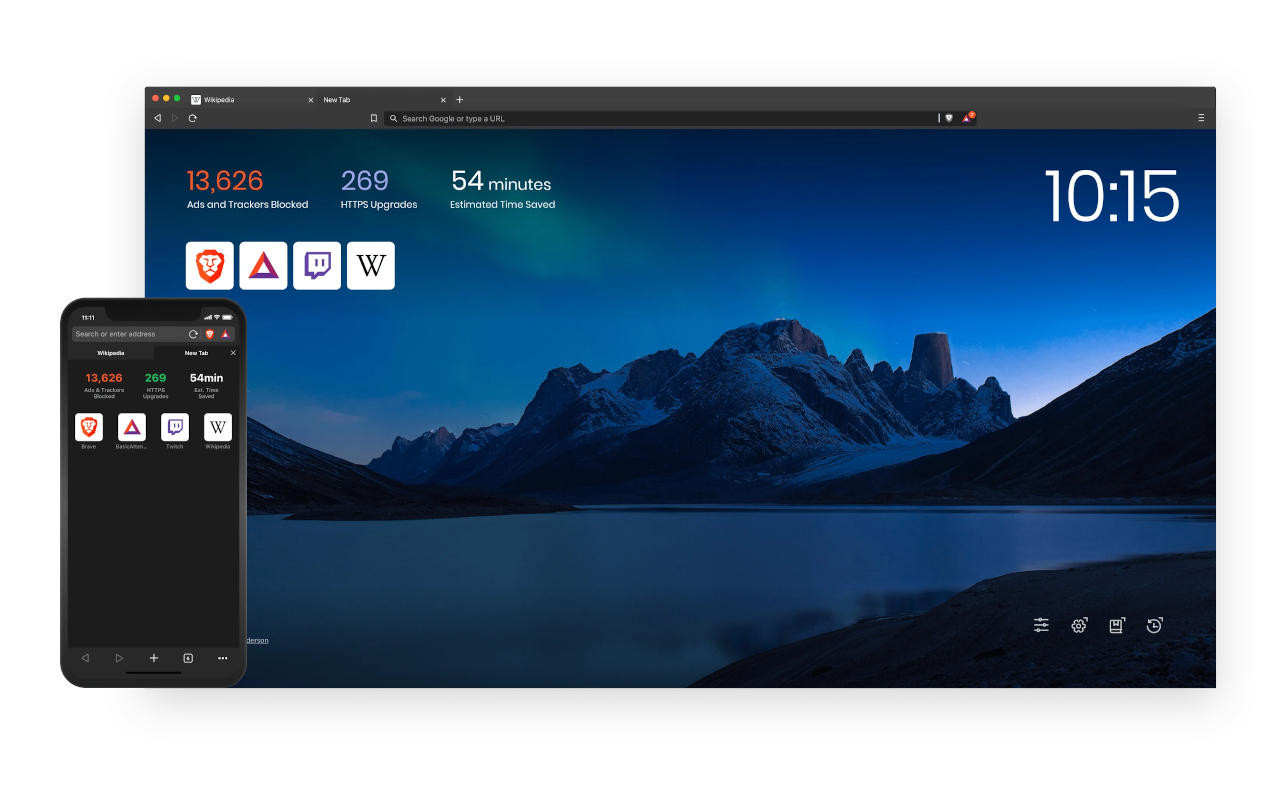

Brave is an open-source browser that automatically blocks ad trackers and cookies.Visually and in terms of operation, Brave is strongly based on Google Chrome, which makes it very easy to get started.Like most of the popular browsers, Brave is also available for Linux systems. based on the open-source code of Google Chrome, and is therefore not a completely new invention of the browser. The interesting thing is it is also based on Chromium, i.e. To make itself apart from other browsers, Brave has an integrated ad blocker called “Brave Shields”. This browser keeps trying to position itself as a “safer and faster web browser ” against other similar software providers. Here we learn the steps to install Brave browser on Ubuntu 22.04 LTS Jammy JellyFish using the command terminal.īrave is a popular browser yet still behind Google Chrome even it offers more features. Brave aims to make the web a better place, and its primary concern is privacy and security. That’s all from this guide, kindly do post your feedback and queries in below comments section.Īlso Read: How to Set Static IP Address on Ubuntu 22.Brave was launched in 2016 by Brendan Eich, co-founder of Mozilla and JavaScript. Now start surfing the internet more securely.

If you wish to set Brave as default web browser, then choose “ Set Brave as default” else “ Maybe later”Ībove home page of brave confirms that we have successfully installed and launched brave web browser. To launch brave browser, search brave from Activities as show below, Now try launch Brave Browser in the next step. Great, this confirms that we have installed brave of version 108.1.46.153.

Once brave browser is installed along with its all dependencies, verify its version, run $ brave-browser -version $ echo "deb stable main"|sudo tee /etc/apt//brave-browser-release.listĪfter enabling brave repository, run the following apt commands to install brave web browser, $ sudo apt update $ sudo curl -fsSLo /usr/share/keyrings/brave-browser-archive-keyring.gpg Brave Debian package is not available in the default package repository, so first enable its official repository by running following set of commands.


 0 kommentar(er)
0 kommentar(er)
